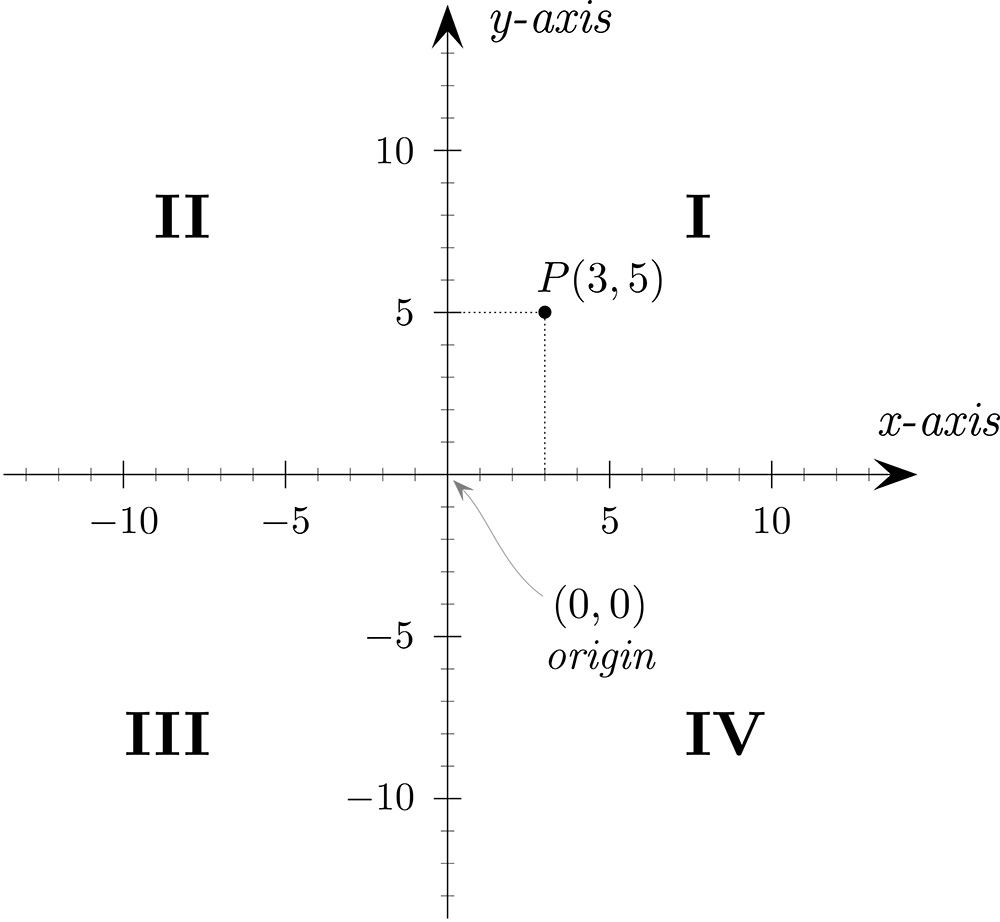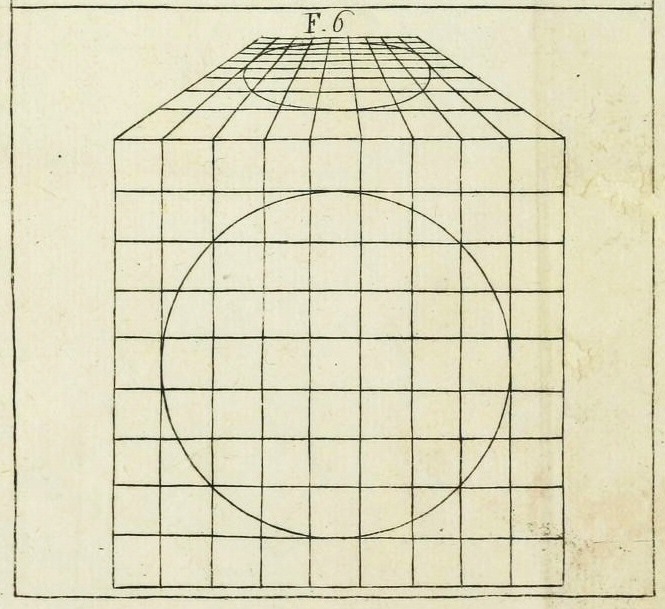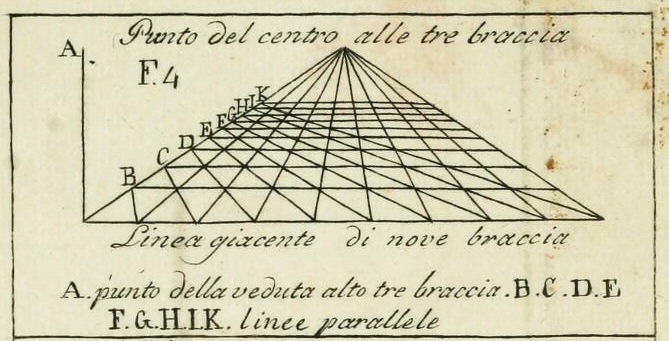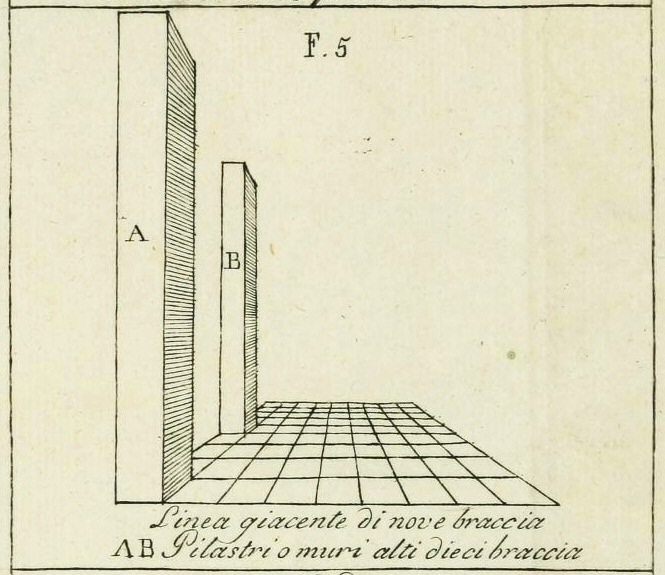24
Martin Jay and others have argued for a close connection between Albertian perspective and
Descartes's spatial mathematics. For Jay (1988), "Cartesian perspectivalism" constituted a peculiar way of seeing that dominated Western culture from the seventeenth century to the early twentieth by allowing the Cartesian subject to control space from a single vantage point. By using projective geomerry to represent the space beyond the canvas, linear perspective could be regarded as the technique that effaced itself as technique.
Martin Jay and others have argued for a close connection between Albertian perspective and
Descartes's spatial mathematics. For Jay (1988), "Cartesian perspectivalism" constituted a peculiar way of seeing that dominated Western culture from the seventeenth century to the early twentieth by allowing the Cartesian subject to control space from a single vantage point. By using projective geomerry to represent the space beyond the canvas, linear perspective could be regarded as the technique that effaced itself as technique.
 Source type: picture
Source type: pictureInfo: A Cartesian coordinates graph, using his invented x and y axes
Original size: 1000x922 px. Edit
As Alberti (1972) expressed it in his treatise On Painting, "On the surface on which I am going to paint, I draw a rectangle of whatever size I want, which I regard as an open window through which the subject to be painted is seen". If executed properly, the surface of the painting dissolved and presented to the viewer the scene beyond. To achieve transparency, however, linear perspective was regarded as necessary but not sufficient, for the artist must also work the surface to erase his brush strokes.
As Alberti (1972) expressed it in his treatise On Painting, "On the surface on which I am going to paint, I draw a rectangle of whatever size I want, which I regard as an open window through which the subject to be painted is seen". If executed properly, the surface of the painting dissolved and presented to the viewer the scene beyond. To achieve transparency, however, linear perspective was regarded as necessary but not sufficient, for the artist must also work the surface to erase his brush strokes.
 Source type: picture
Source type: pictureInfo: De pictura - Figure showing pillars in perspective on a grid
Original size: 665x609 px. Edit
 Source type: picture
Source type: pictureInfo: Figure from De Pictura showing the vanishing point
Original size: 669x341 px. Edit
 Source type: picture
Source type: pictureInfo: Figure showing pillars in perspective on a grid
Original size: 665x575 px. Edit
 Log-in
Log-in